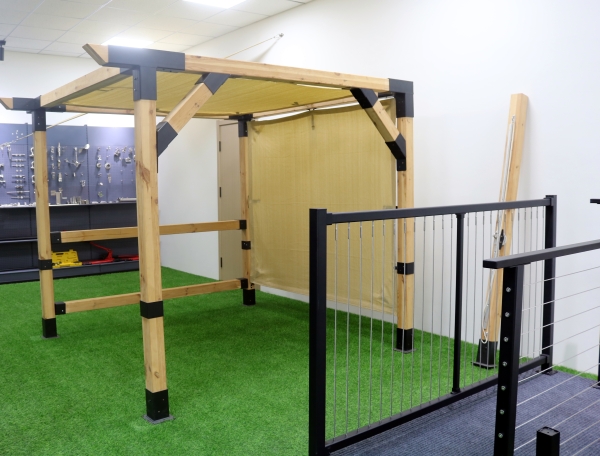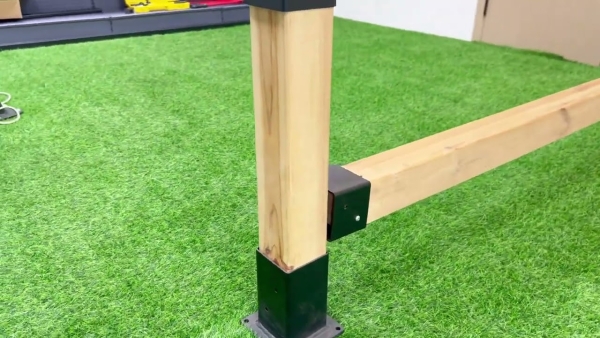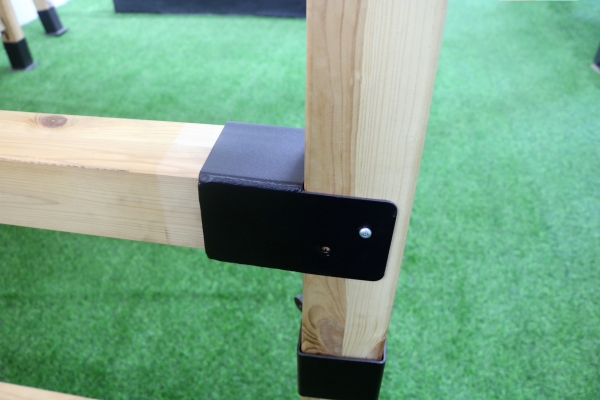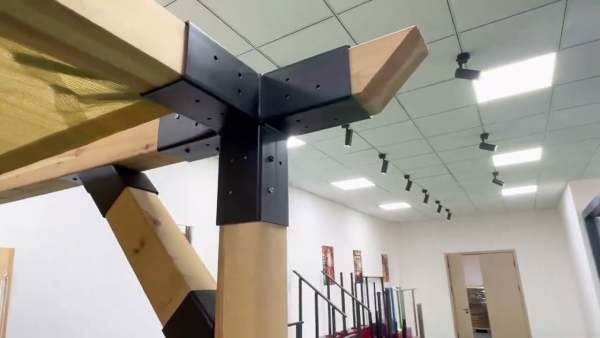Table of Contents
Benefits of Adding a Cedar Pergola to Your Outdoor Space
Adding a cedar pergola to your outdoor space can provide numerous benefits, both aesthetically and functionally. Cedar is a popular choice for pergolas due to its natural beauty, durability, and resistance to rot and decay. In addition to its practical advantages, a cedar pergola can also enhance the overall look and feel of your outdoor area, creating a welcoming and inviting space for relaxation and entertainment.
One of the key benefits of adding a cedar pergola to your outdoor space is the shade and protection it provides. By providing a covered area, a pergola can offer relief from the sun’s harsh rays, allowing you to enjoy your outdoor space even on hot summer days. This can make your outdoor area more comfortable and usable, extending the amount of time you can spend outside.
In addition to providing shade, a cedar pergola can also add a sense of privacy to your outdoor space. By creating a defined area within your yard, a pergola can help to screen out neighboring properties or busy streets, creating a more intimate and secluded environment. This can make your outdoor space feel like a private retreat, where you can relax and unwind away from the hustle and bustle of everyday life.
Another benefit of adding a cedar pergola to your outdoor space is the visual appeal it can bring. Cedar is known for its natural beauty, with a rich grain and warm color that can enhance the look of any outdoor area. A cedar pergola can add a touch of elegance and sophistication to your yard, creating a focal point that draws the eye and enhances the overall aesthetic of your outdoor space.
In addition to its aesthetic appeal, a cedar pergola can also increase the value of your property. Outdoor living spaces are highly sought after by homebuyers, and a well-designed pergola can add to the appeal of your home, making it more attractive to potential buyers. By investing in a cedar pergola, you can not only enjoy the benefits of outdoor living yourself but also increase the resale value of your property.
When considering adding a cedar pergola to your outdoor space, it is important to be aware of any regulations or permits that may be required. In some areas, a permit may be necessary before you can build a pergola, particularly if it is a large or permanent structure. It is important to check with your local building department to determine what regulations apply in your area and ensure that you comply with any requirements.
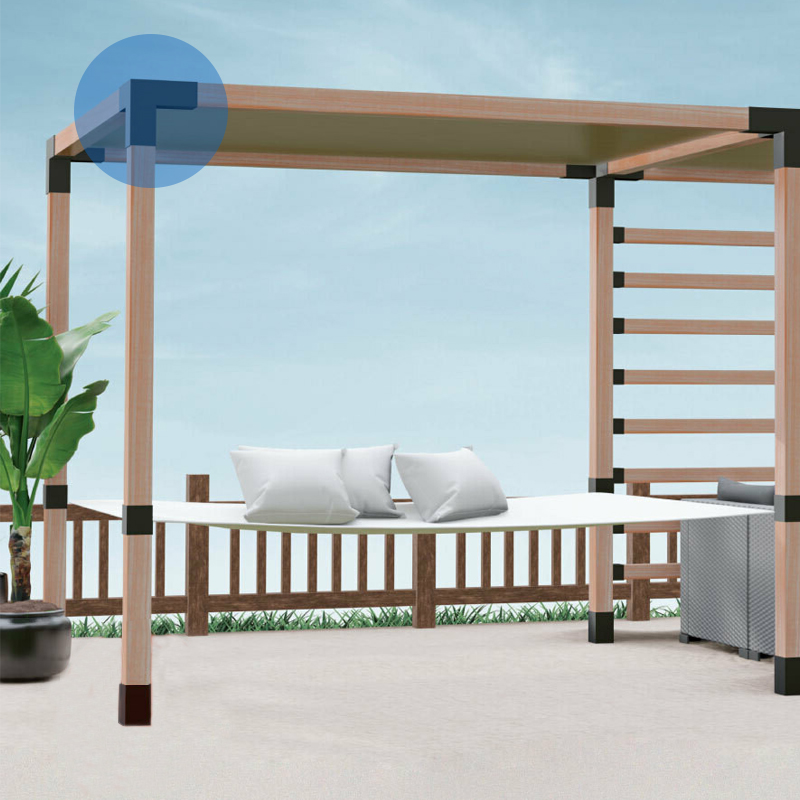
In conclusion, adding a cedar pergola to your outdoor space can provide numerous benefits, from shade and protection to privacy and visual appeal. By investing in a cedar pergola, you can create a welcoming and inviting outdoor area that enhances the overall look and feel of your property. Just be sure to check with your local building department to determine if a permit is required before you begin construction.
Step-by-Step Guide on How to Build a Cedar Pergola
A cedar pergola can be a beautiful addition to any outdoor space, providing shade and a sense of elegance to your backyard or garden. However, before you embark on building a cedar pergola, it is important to consider whether you need a permit for such a structure. In many jurisdictions, a permit is required for any structure that is attached to a building or exceeds a certain size. It is always best to check with your local building department to determine the specific requirements in your area.
Assuming that you have obtained the necessary permits, the first step in building a cedar pergola is to gather all the materials and tools you will need for the project. Cedar is a popular choice for pergolas due to its natural resistance to rot and insects, as well as its beautiful appearance. You will need cedar posts, beams, and rafters, as well as screws, nails, and a saw for cutting the wood to size.
Once you have all the materials and tools ready, the next step is to mark out the location for your pergola. It is important to choose a level area that is free from any obstructions such as trees or utility lines. Use stakes and string to outline the footprint of the pergola, and make sure that the corners are square.
With the location marked out, you can now begin digging the post holes. The depth of the holes will depend on the size of your pergola and the local building codes, but a general rule of thumb is to dig the holes at least 2 feet deep. Use a post hole digger to create the holes, and make sure that they are evenly spaced and aligned with the string markers.
Once the post holes are dug, it is time to set the cedar posts in place. Place the posts in the holes and use a level to ensure that they are plumb. You can then fill the holes with concrete to secure the posts in place. Allow the concrete to cure for at least 24 hours before proceeding with the next step.
With the posts set in place, you can now begin attaching the beams and rafters to create the framework of the pergola. Start by attaching the beams to the tops of the posts, using screws to secure them in place. Next, attach the rafters perpendicular to the beams, spacing them evenly across the top of the pergola.
Once the framework is complete, you can add any decorative elements such as lattice panels or climbing plants to enhance the appearance of your cedar pergola. Finally, apply a coat of sealant or stain to protect the wood from the elements and preserve its natural beauty.
In conclusion, building a cedar pergola can be a rewarding project that adds both beauty and functionality to your outdoor space. By following these step-by-step instructions, you can create a stunning cedar pergola that will provide years of enjoyment for you and your family. Just remember to check with your local building department to ensure that you have the necessary permits before starting construction.

